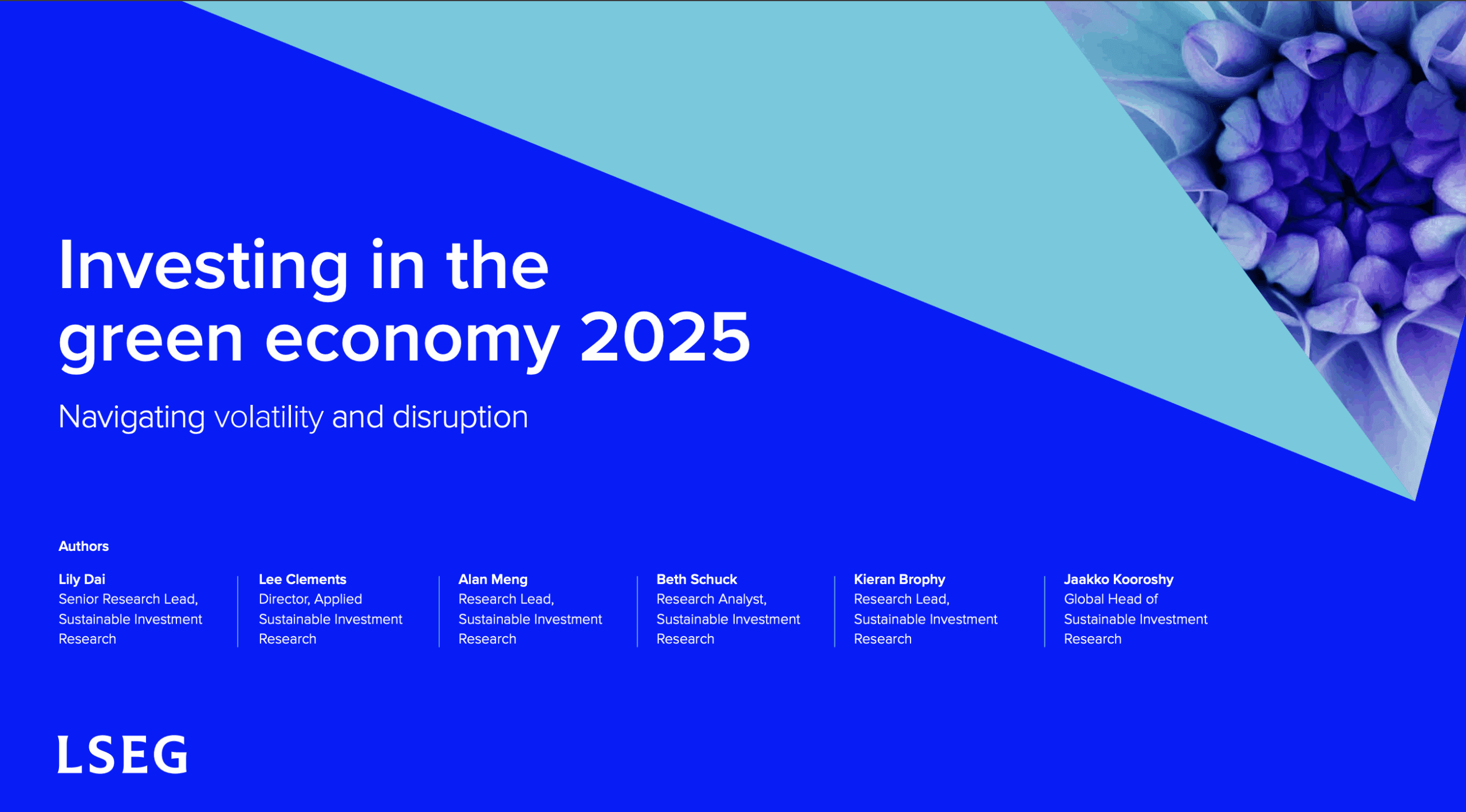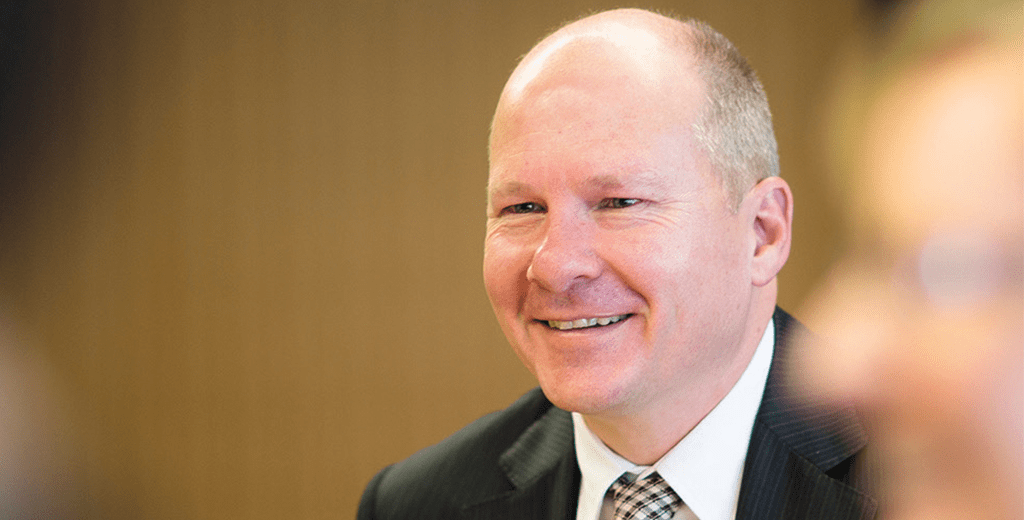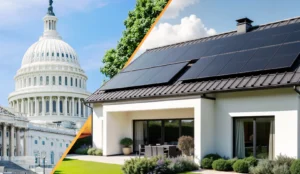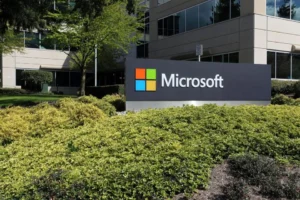Key Impact Points:
- Companies must clearly define strategic priorities beyond just emissions offsets.
- Expert assistance is crucial to navigate the complex carbon removal landscape.
- Long-term partnerships significantly enhance access to high-quality carbon removals.
Carbon removal has quickly evolved from a niche interest to a strategic necessity for leading companies. The Intergovernmental Panel on Climate Change (IPCC) emphasizes the need for gigatons of removals to mitigate global warming, while initiatives like the Science Based Targets initiative (SBTi) prioritize removals over other carbon credits.
Trellis spoke to TikTok and Japanese industrial giant Sumitomo about their strategic approaches, providing key lessons for companies developing carbon removal portfolios.
Defining Clear Priorities
For TikTok, which aims for operational carbon neutrality by 2030, clarity went beyond offsetting emissions. The company sought high-quality carbon credits and also wanted creators to directly engage with projects.
“I would hope that we could work with some of our partners to almost demystify some of these conversations,” said Ian Gill, TikTok’s global head of sustainability. “Because it’s very easy to hear about these topics and not necessarily get why are they beneficial.”
This led TikTok to create a diverse, global portfolio, enabling influencers to visit and promote projects worldwide.
Sumitomo’s approach was guided by Japan’s new GX-ETS emissions trading scheme. Sumitomo needed carbon credits not only for internal offsets but also for resale within the scheme, demanding stringent durability standards.
Expert Guidance is Essential
Navigating the extensive array of carbon removal options can be overwhelming.
Adrian Siegrist, chief commercial officer at Climeworks, emphasized,
“Companies are typically overwhelmed by the sheer amount of technologies that exist in CDR.”
Both TikTok and Sumitomo engaged specialized advisors to select high-quality, durable credits. Carbon Direct, advising Sumitomo, rejects over 90% of the projects it evaluates, highlighting the rigorous selection necessary.
TikTok opted for a balanced portfolio of direct air capture (DAC), biochar, and reforestation, planning to purchase 5,100 tons annually as they approach their 2030 goal.
Sumitomo’s commitment is significantly larger, targeting 500,000 tons in 2023 alone, involving highly durable methods such as DAC, biomass energy carbon capture, and biomass burial.
Investing in Long-term Relationships
Short-term transactional approaches risk missing out on quality and availability in the evolving carbon removal market. Long-term partnerships with project developers are becoming increasingly crucial.
Gill underscores the importance of sustained collaboration:
“I want somebody who’s going to come on the journey and help me achieve my objective and my goal.”
TikTok started with a competitive request-for-proposal process, eventually partnering with Climeworks. Gill noted,
“There’s more people than I thought in this space, which makes it a difficult choice, but means you have a choice and you can take your time.”
Sumitomo’s substantial investment underscores how governmental policies, like Japan’s GX-ETS, can significantly shape the future carbon removals market. Currently, only a handful of organizations—including Microsoft, Google, and Frontier—have achieved removal purchases exceeding half a million tons, according to data from CDR.fyi.
Related Article: Microsoft Secures Ocean-Based Carbon Removal Deal with Ebb Carbon












